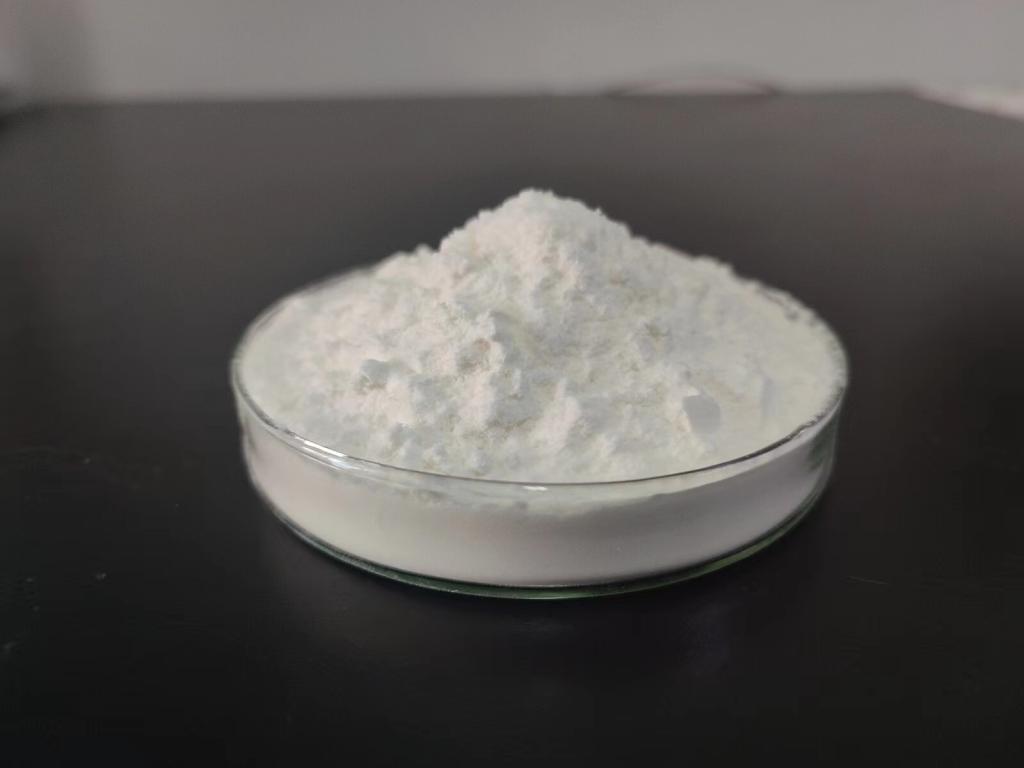Tel:+8618231198596

News
 CONTACT
CONTACT
 CONTACT
CONTACT
- Linkman:Linda Yao
- Tel: +8618231198596
- Email:linda.yao@dcpharma.cn
- Linkman:CHARLES.WANG
- Department:Overseas
- Tel: 0086 0311-85537378 0086 0311-85539701
News
Shaping the Narrative: ε-Polylysine Hydrochloride's Influence on Public Perception of Food Safety
TIME:2023-12-14
The Public's Heightened Concern for Food Safety
The global food industry is witnessing a paradigm shift in consumer behavior, with an increasing emphasis on food safety. High-profile incidents of foodborne illnesses, contamination scares, and a growing awareness of the potential health risks associated with synthetic additives have led consumers to scrutinize food labels and demand greater transparency in the production process. As a result, food safety has become a paramount consideration in the public's perception of the products they choose to purchase and consume.
The Rise of Natural Antimicrobials in Food Safety
Consumers today are drawn to clean-label products that feature natural and minimally processed ingredients. In response to this trend, the food industry is exploring alternatives to synthetic preservatives and antimicrobials. ε-Polylysine hydrochloride, derived from natural sources through fermentation, has gained attention for its antimicrobial properties, positioning it as a natural solution to enhance food safety.
Mechanisms of ε-Polylysine Hydrochloride in Food Safety
Understanding how ε-polylysine hydrochloride contributes to food safety is essential in shaping the narrative. The compound acts by disrupting the cell membranes of bacteria, fungi, and certain viruses, preventing their growth and proliferation. Its targeted action against harmful microorganisms, coupled with its biodegradability and safety, positions ε-polylysine hydrochloride as a natural and effective antimicrobial agent.
Clean Label Movement: Aligning with Consumer Preferences
The clean-label movement, characterized by a demand for transparency and simplicity in ingredient lists, aligns seamlessly with ε-polylysine hydrochloride's natural origin. Consumers perceive products featuring this natural antimicrobial as a safer and healthier choice, contributing positively to the overall narrative of food safety.
Communicating the Benefits: Educational Initiatives
Shaping the narrative around ε-polylysine hydrochloride and food safety involves educational initiatives aimed at both consumers and industry stakeholders. Clear communication about the compound's safety, efficacy, and natural origin is crucial in dispelling any concerns and building trust in its role as a preservative that enhances food safety.
Sensory Aspects: Preserving Quality and Flavor
Public perception of food safety is intrinsically linked to the sensory aspects of food products. The challenge lies in convincing consumers that the incorporation of ε-polylysine hydrochloride does not compromise the taste, aroma, or texture of their favorite foods. Sensory studies and communication efforts play a vital role in assuring consumers that this natural antimicrobial contributes to food safety without sacrificing quality.
Case Studies and Success Stories: Building Confidence
Highlighting case studies and success stories of food products incorporating ε-polylysine hydrochloride can significantly influence public perception. Real-world examples demonstrating the compound's positive impact on food safety, shelf life extension, and the reduction of microbial contamination build confidence among consumers and industry stakeholders.
Media Engagement: Shaping Public Discourse
Media plays a crucial role in shaping public perception. Proactive engagement with media outlets to highlight the benefits, safety, and success stories associated with ε-polylysine hydrochloride fosters positive public discourse. Press releases, articles, and interviews contribute to creating a narrative that positions this natural antimicrobial as a champion of food safety.
Addressing Concerns: Navigating Public Skepticism
Despite the potential benefits of ε-polylysine hydrochloride, public skepticism is inevitable. Addressing concerns head-on, whether related to safety, taste, or regulatory aspects, is crucial. Open dialogue, transparency, and providing evidence-based information can help mitigate skepticism and foster a more positive perception of this natural antimicrobial.
Regulatory Compliance: Reinforcing Trust
Adhering to regulatory standards is non-negotiable in shaping a positive narrative around ε-polylysine hydrochloride and food safety. Collaborating with regulatory bodies, ensuring compliance, and proactively addressing any regulatory concerns reinforce the trust consumers place in products featuring this natural antimicrobial.
Collaborative Initiatives: Industry and Consumer Collaboration
Shaping the narrative around ε-polylysine hydrochloride and food safety requires collaboration between the food industry and consumers. Initiatives such as public forums, online discussions, and consumer feedback platforms create spaces for dialogue, allowing the industry to understand consumer concerns and perceptions better.
Future Directions: Innovation and Continuous Improvement
The narrative around ε-polylysine hydrochloride and food safety is dynamic and must evolve with ongoing research and innovation. Continuous improvement in formulations, applications, and delivery systems contributes to an ever-positive narrative, reinforcing ε-polylysine hydrochloride's role as a natural and effective tool in enhancing food safety.
Conclusion
In the complex landscape of food safety, ε-polylysine hydrochloride emerges as a key player in shaping a narrative that aligns with consumer preferences for clean, natural, and trustworthy food options. By emphasizing its natural origin, efficacy, and positive impact on the sensory aspects of food, the industry can foster a narrative that positions ε-polylysine hydrochloride as a champion of food safety. Through educational initiatives, media engagement, and collaboration, the compound can play a pivotal role in enhancing public perception and contributing to a safer and more transparent food supply.
- Tel:+8618231198596
- Whatsapp:18231198596
- Chat With Skype







